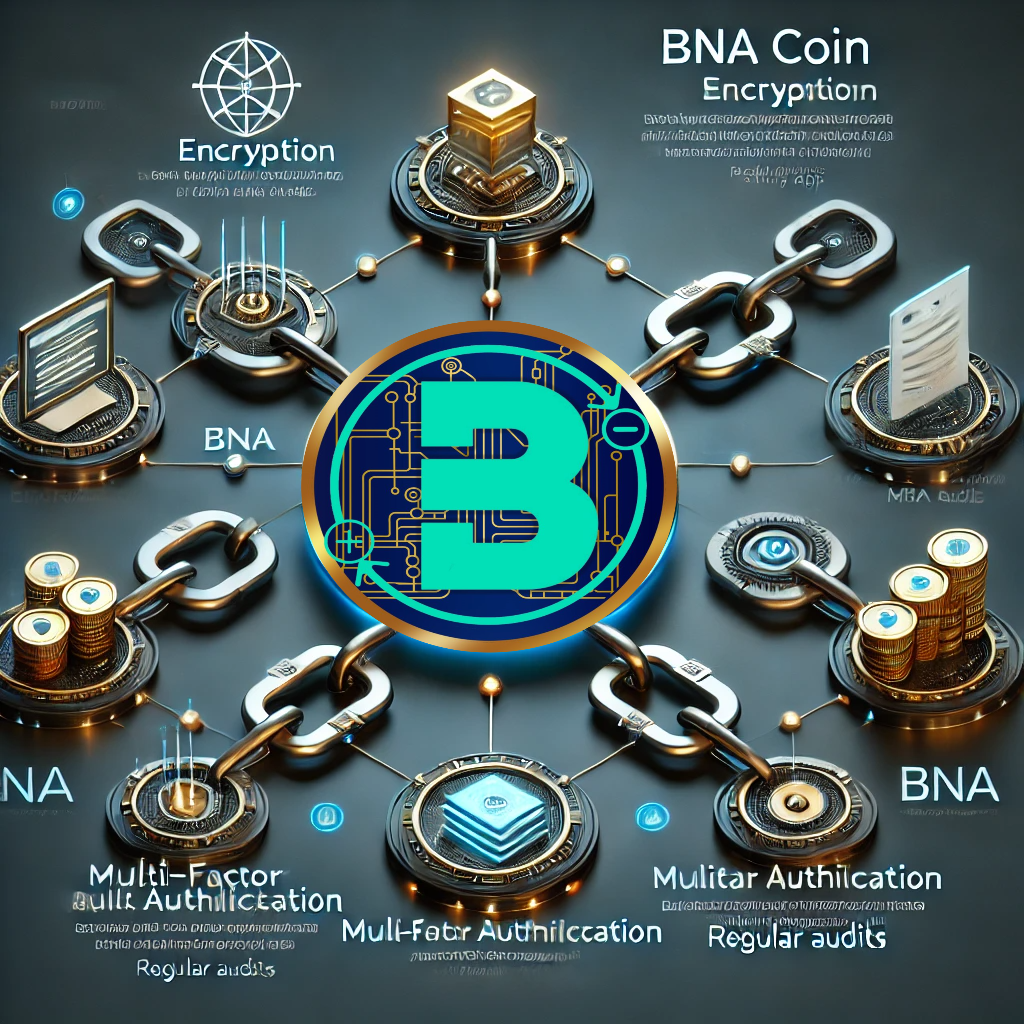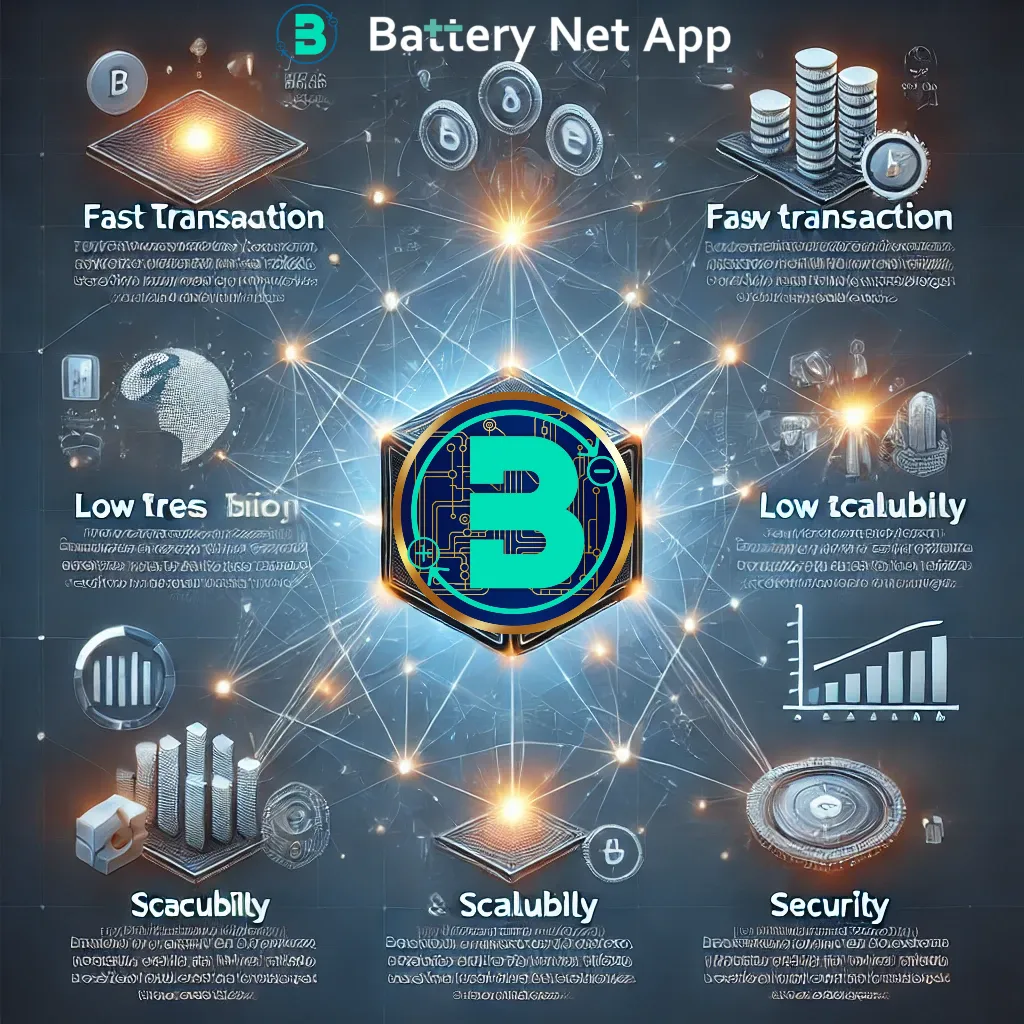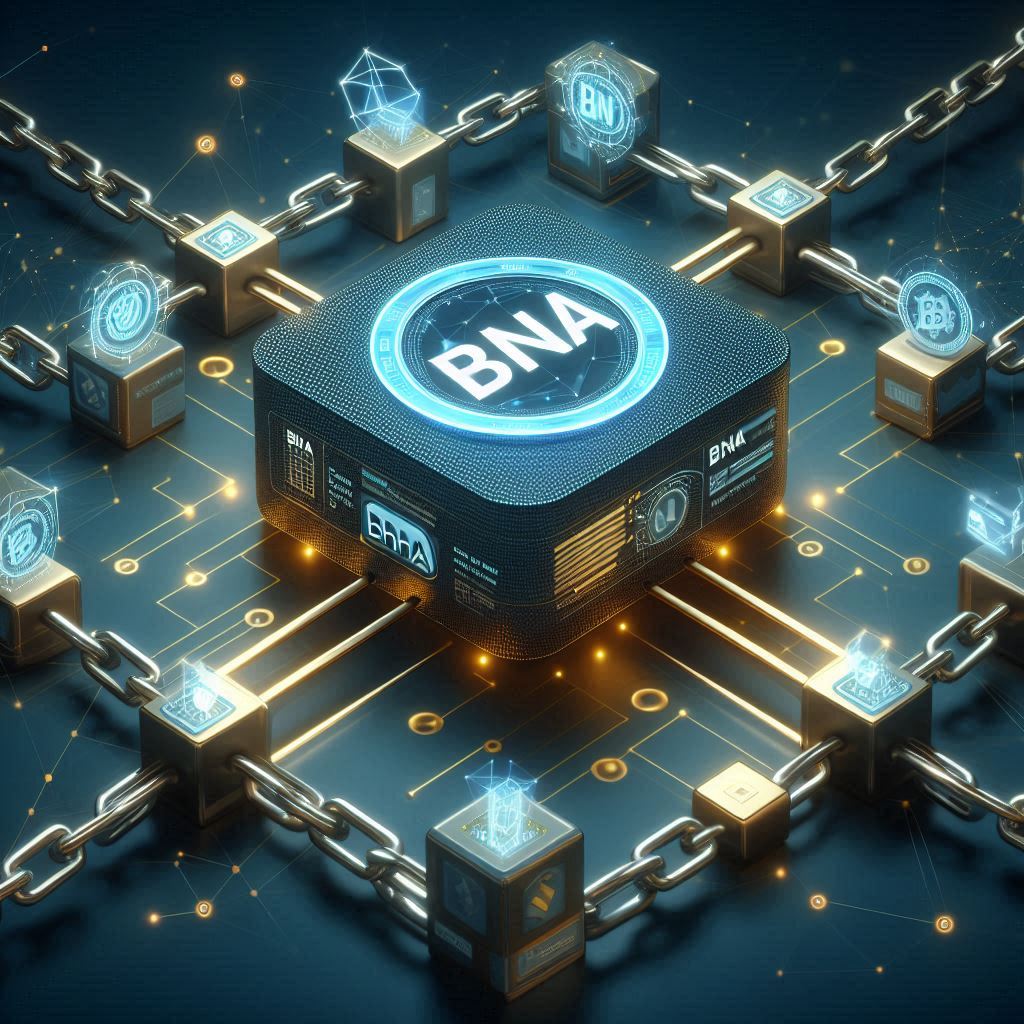4. Crypto Technology
4. Crypto Technology
4.1 – Blockchain and Tokenization
At the heart of Battery Net App is the integration of blockchain technology, which brings transparency, security, and efficiency to the ecosystem. We have chosen the Solana blockchain because of its high throughput, low latency, and extremely low transaction fees. The BNA token, based on the SLP (Solana Program Library) standard, is the core element of our tokenization strategy.
Use of Blockchain:
- Transparency and Traceability: All transactions made within the Battery Net App ecosystem are recorded on the Solana blockchain, ensuring that every token movement is transparent and verifiable. This allows users and investors to follow the flow of tokens and ensure that trades are executed fairly and efficiently.
- Decentralization and Security: Being based on Solana, our system takes advantage of the blockchain’s intrinsic decentralization, reducing the risk of manipulation or interference by third parties. The Solana network is designed to support thousands of transactions per second, ensuring smooth and secure operation.
- Asset Tokenization: The BNA token acts as the currency within the ecosystem, used to make payments for services, earn rewards, and participate in the governance of the project. Users can acquire, trade, and use the tokens securely within our platform, ensuring a steady and sustainable flow of value.
4.2 – Technical Architecture
Battery Net App’s technical architecture is designed to be robust, scalable, and efficient, taking full advantage of the capabilities of the Solana blockchain. Below is a technical overview of our system, along with the key components:
Key Components:
- Application Layer: The Battery Net App’s user interface (UI) and mobile app allow users to interact with the system intuitively. The app manages everything from battery recharging to reward management to community engagement.
- Smart Contracts: Smart contracts on the Solana blockchain are responsible for managing all transactions and operations of the BNA token. These contracts are audited and optimized to ensure their safety and efficiency.
- Communication Layer: Uses RESTful and WebSocket APIs for the interaction between the application and the blockchain. This layer ensures that data is transmitted quickly and securely between users and the Solana network.
 Off-Chain Database: An off-chain relational database stores non-critical data that does not require the immutability of the blockchain, such as user configurations, usage histories, and system statistics. This database is synchronized with the blockchain to ensure consistency.
Off-Chain Database: An off-chain relational database stores non-critical data that does not require the immutability of the blockchain, such as user configurations, usage histories, and system statistics. This database is synchronized with the blockchain to ensure consistency.- Mining Layer and Rewards: The electro-mining system is integrated directly with the blockchain, allowing rewards in BNA tokens to be distributed automatically and transparently to users who contribute to the ecosystem.
Technical Diagrams:
- General Architecture Diagram: Represents the interaction between key components, including the mobile app, smart contracts on Solana, the off-chain database, and the mining layer.
- Transaction Flow Diagram: Shows how token transactions are processed within the ecosystem, from the initiation of a transaction to its confirmation on the blockchain.
4.3 – Security and Privacy
Security and privacy are top priorities for Battery Net App. We implement multiple layers of security to protect user data and ensure the integrity of all transactions within the ecosystem.
Security Measures:
- Data Encryption: All sensitive data, including user personal information and transaction details, is encrypted both in transit and at rest using advanced encryption algorithms (AES-256).
- Multi-Factor Authentication (MFA): We implement multi-factor authentication to ensure that only authorized users can access their accounts and make transactions. This includes the combination of passwords, biometric authentication, and verification codes.
- Smart Contract Audits: Smart contracts that manage BNA token transactions undergo regular security audits by third-party blockchain experts to identify and mitigate potential vulnerabilities.
- DDoS Attack Protection: We use distributed denial-of-service (DDoS) attack mitigation services to protect our infrastructure from potential attacks that seek to disrupt service.
- Redundancy and Backup: The Battery Net App’s technical infrastructure is designed with built-in redundancy to ensure system availability even in the event of failures or interruptions.
Privacy Strategies:
- Data Anonymization: Anonymization techniques are employed to protect the identity of users and ensure that personal information cannot be tracked or identified.
- User Consent: We comply with international data protection regulations, such as the GDPR, by ensuring that users provide informed consent for the collection and use of their data.
- Transparency in Data Use: Users have full access to information about how their data is used and protected within the platform, and can manage their privacy preferences at any time.



